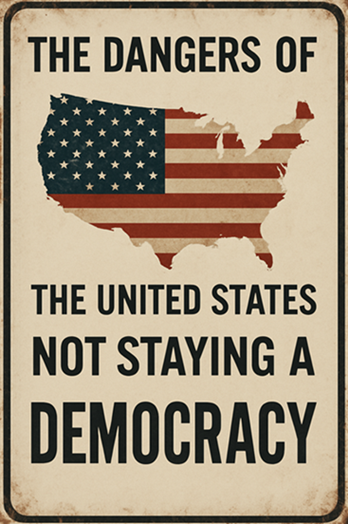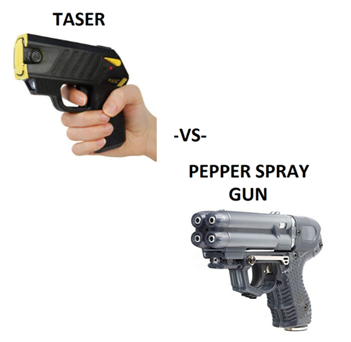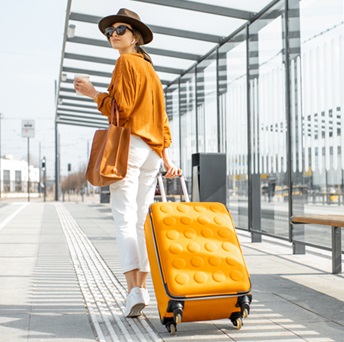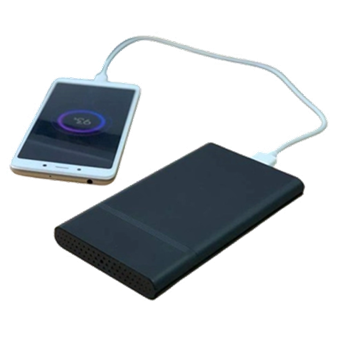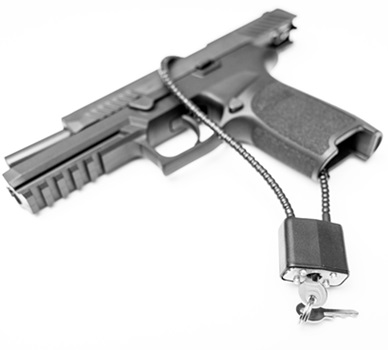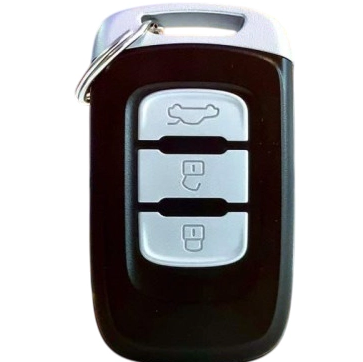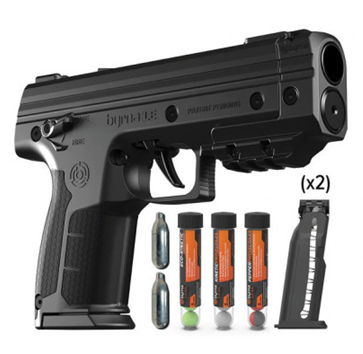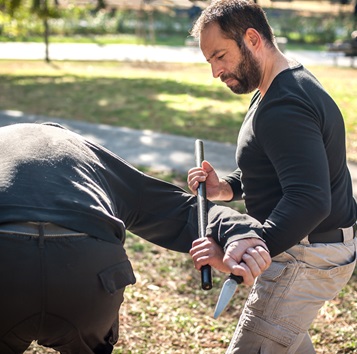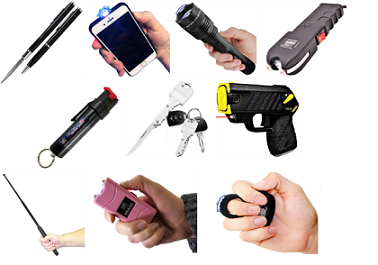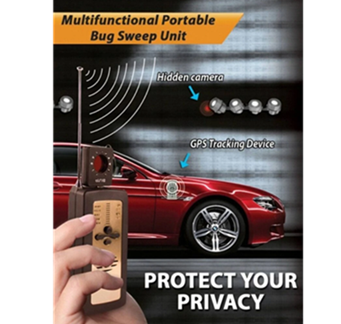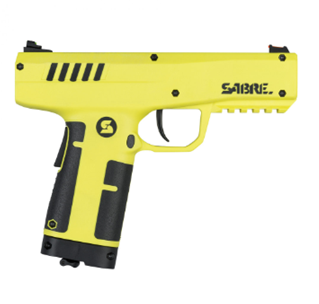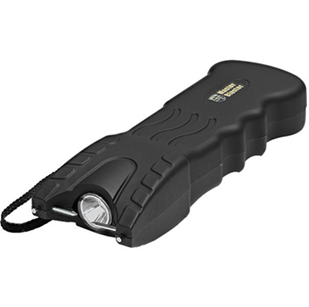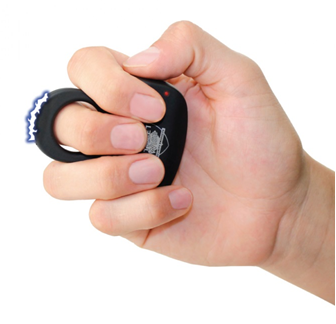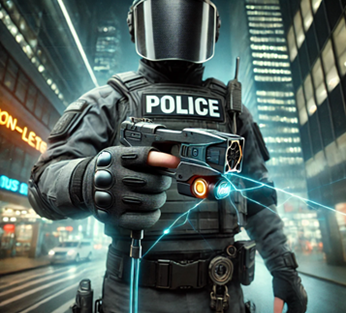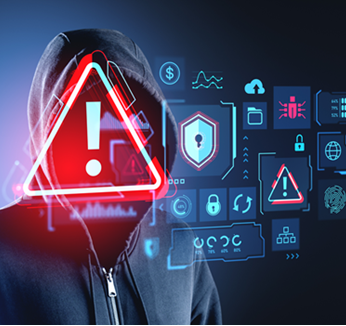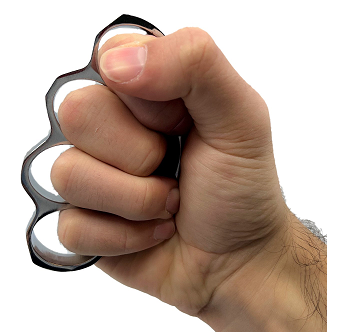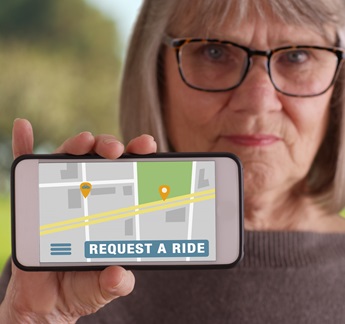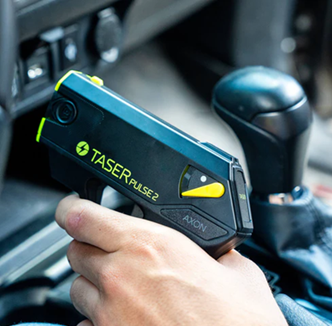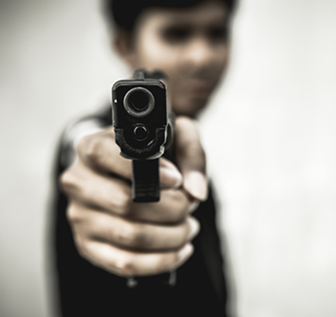Woman Cited for Bringing Stun Gun on Plane at BWI
 In a recent incident at Baltimore/Washington International Thurgood Marshall Airport (BWI), a woman from McSherrystown, Pennsylvania, was cited for attempting to bring a disguised stun gun onto a plane (see picture below). The Transportation Security Administration (TSA) officer detected the pink stun gun, designed to resemble a cell phone with a fake keypad and screen, during an X-ray screening of her carry-on bag. The device featured two buttons labeled "light" and "stun." Following the discovery, Maryland Transportation Authority Police issued the woman a state weapons charge citation, after which she was allowed to continue her flight to Los Angeles.
In a recent incident at Baltimore/Washington International Thurgood Marshall Airport (BWI), a woman from McSherrystown, Pennsylvania, was cited for attempting to bring a disguised stun gun onto a plane (see picture below). The Transportation Security Administration (TSA) officer detected the pink stun gun, designed to resemble a cell phone with a fake keypad and screen, during an X-ray screening of her carry-on bag. The device featured two buttons labeled "light" and "stun." Following the discovery, Maryland Transportation Authority Police issued the woman a state weapons charge citation, after which she was allowed to continue her flight to Los Angeles.
TSA Regulations on Stun Guns
This event underscores the importance of understanding the regulations surrounding self-defense tools, especially when traveling. Stun guns, while legal in many jurisdictions, are prohibited in carry-on luggage on commercial flights. The TSA's "What Can I Bring?" guidelines clearly state that electroshock weapons, including stun guns, are not permitted in carry-on bags but may be transported in checked luggage if they are legally owned and the airline's policies allow it.
A Discreet Self-Defense Option
For individuals seeking discreet self-defense options, products like the Cell Phone Stun Gun available at Stunster.com offer a practical solution. This device delivers 12,000,000 volts and 4.9 milliamps of stopping power, all concealed within a design that closely mimics popular smartphone models. Its realistic appearance ensures it remains unnoticed until needed, providing an element of surprise in self-defense situations. (Read The Pros and Cons of Owning a Cellphone Stun Gun for Personal Protection.)
Know the Law Before Carrying a Stun Gun
However, owning and carrying such devices come with responsibilities. It's crucial to be aware of and comply with local laws and regulations regarding stun guns. While they are legal in many areas, some states and municipalities have restrictions or outright bans on their possession and use. Before purchasing or carrying a stun gun, research your local laws to ensure compliance.
 Traveling with a Stun Gun: What You Need to Know
Traveling with a Stun Gun: What You Need to Know
When it comes to air travel, the TSA prohibits stun guns in carry-on luggage. If you must travel with a stun gun, it should be packed in checked baggage, and you should inform yourself of both TSA regulations and the airline's specific policies regarding such items. Failing to adhere to these rules can result in citations, fines, or more severe legal consequences, as evidenced by the incident at BWI.
Responsible Stun Gun Ownership
In addition to legal considerations, responsible ownership of a stun gun involves proper training and understanding of its use. Familiarize yourself with the device's operation, and consider seeking training from a certified instructor to ensure you can use it effectively and safely if the need arises.
Stay Informed and Stay Safe
The incident at BWI serves as a reminder of the importance of understanding and adhering to regulations concerning self-defense tools. While devices like the Cell Phone Stun Gun from Stunster.com offer effective personal protection, it's essential to use them responsibly and within the bounds of the law. By staying informed and compliant, you can ensure your safety and the safety of those around you.
Company Info
Customer Service
Product Information
- TASER® and Stun Devices Regulations by State
- TASER® Safe Escape Product Replacement Guarantee
- TASER® Comparison Chart
- TASER® User Manuals
- TASER® Warranty Info
- Byrna Product Catalog
- PepperBall Manuals & Spec Sheets
- Pepper Spray Laws
- Air Gun Laws
- States that Restrict Automatic and Butterfly Knives
- Our Print Catalog
























